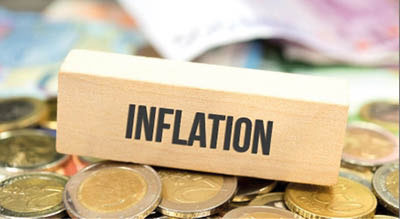LAHORE – The monthly rate of inflation in Pakistan eased to 11.8 per cent in May 2024 on a year-over-year basis, marking the lowest annual inflation rate in 29 months.
In April 2024, the CPI recorded at 17.3pc on Y-o-Y basis. The inflation rate dropped for the fifth consecutive month as domestic food supplies improved and fuel costs fell, coinciding with the central bank maintaining interest rates at a record level of 22pc for nearly a year.
The food inflation rates in urban and rural areas decreased to 2.2pc and -0.1pc, respectively, in May 2024. To contain inflation, the SBP has maintained the policy rate at 22pc in the last Monetary Policy Committee meeting held on April 29th, 2024.
Furthermore, the average inflation in Jul-May period of FY24 amounted to 24.5pc. In addition to that, the wholesale price index (WPI) stood at 9.9pc on a Y-o-Y basis, which was recorded 13.9pc in the previous month. This further increases the chances of reducing inflation in the coming months.
Whereas, on a monthly basis, the National CPI has recorded a deflation of 3.2pc. Similarly, the food inflation rates in urban and rural areas decreased by 6.3pc and 7.4pc, respectively, compared to April 2024. In May 2024, the core inflation, which is calculated by excluding energy and food items, rose by 12.3pc and 17pc in urban and rural areas on a Y-o-Y basis, respectively.









